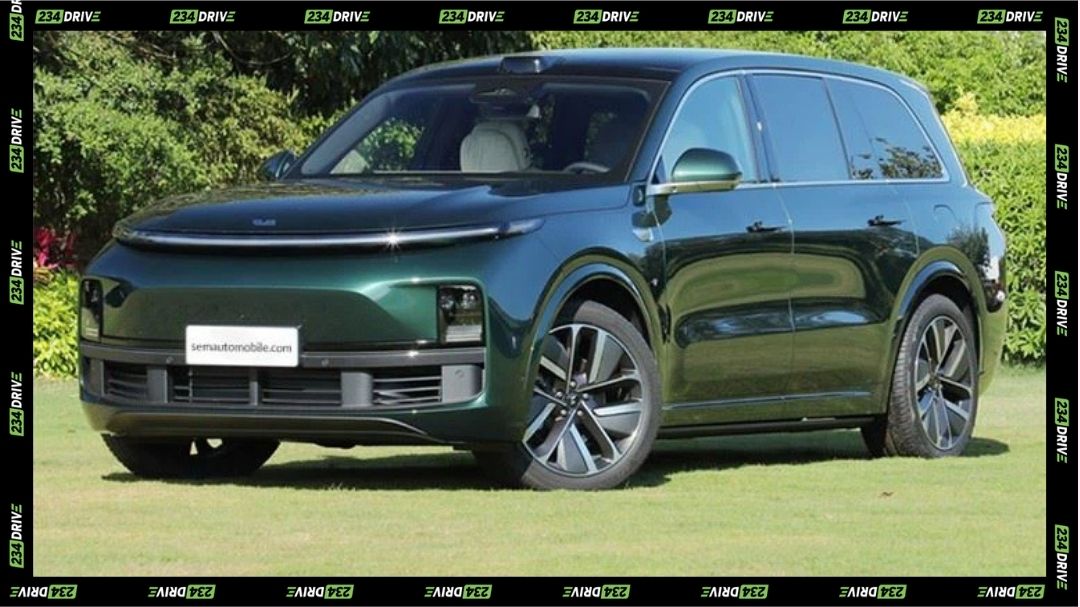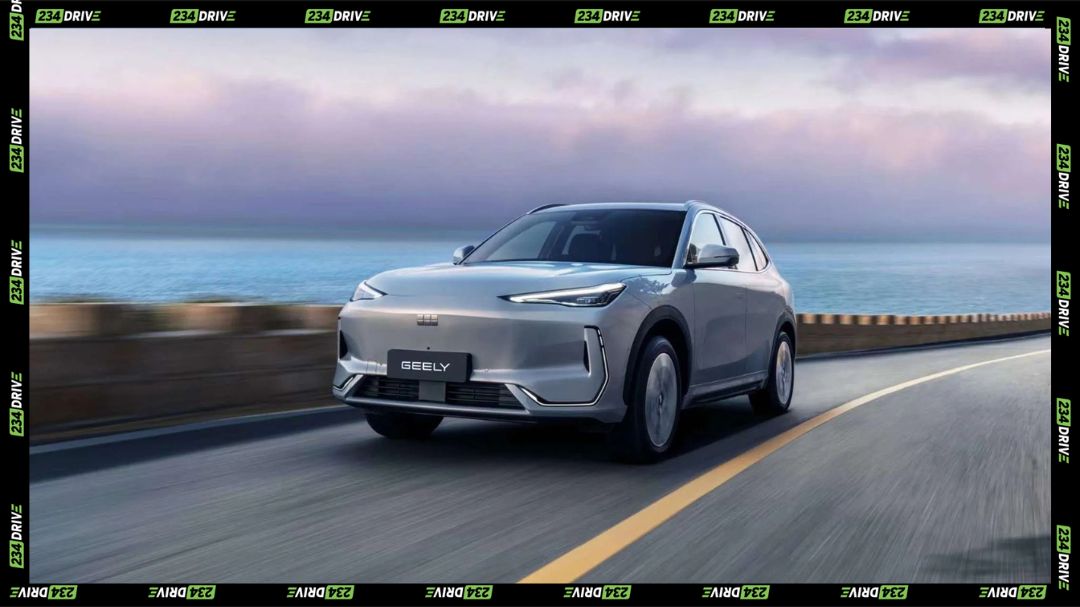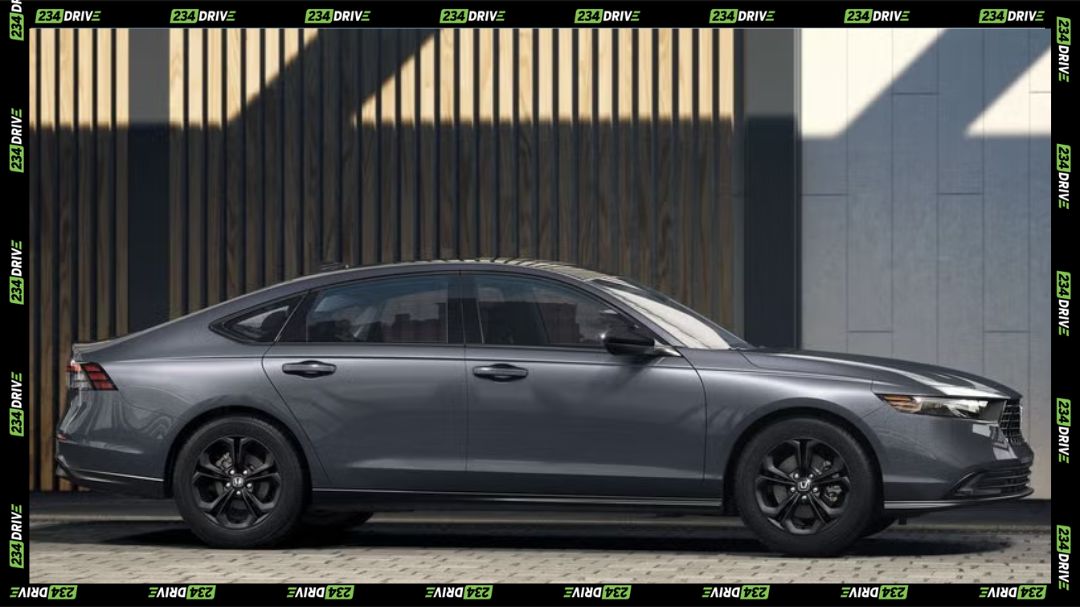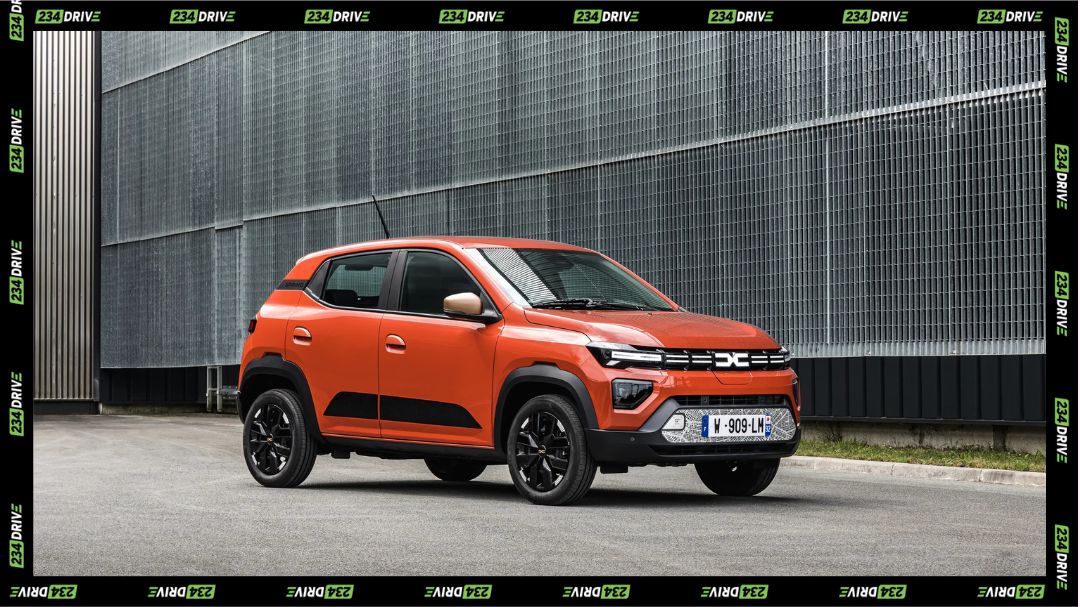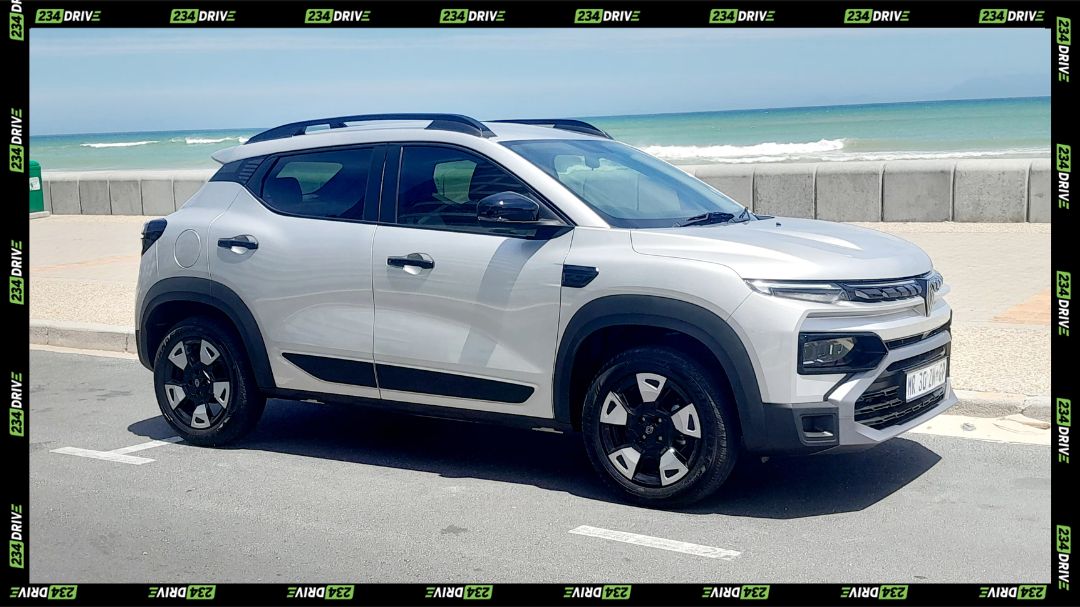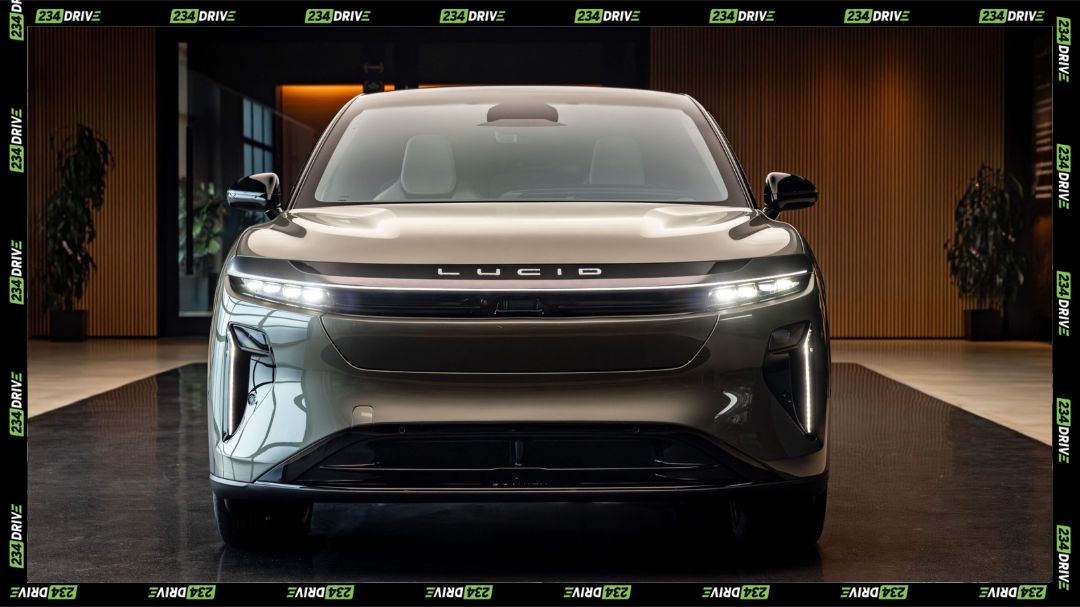When it comes to everyday car maintenance, most drivers assume the biggest costs lie in repairing engines, transmissions, or suspension systems. These are indeed expensive, but within the rarefied world of supercars and hypercars, replacement parts reach levels that seem unbelievable.
This article highlights the most expensive car parts in existence, with real-world prices that show just how costly it can be to keep these high-performance machines on the road. From carbon fibre monocoques to Bugatti engines, the hidden costs of ownership reveal a side of automotive luxury that only the wealthiest enthusiasts can truly afford.
Carbon Fibre Monocoque: The Structural Giant
The carbon fibre monocoque is the central structure of cars like the Ferrari LaFerrari and McLaren P1. It provides exceptional rigidity and crash protection while keeping weight low.

Producing one involves layering carbon fibre sheets into moulds and curing them in autoclaves. The process is slow, labour-intensive, and material-heavy. Replacing the LaFerrari’s monocoque reportedly costs $1,072,655 (₦1.16 billion), making it the single most expensive known production car part.
Bugatti Chiron Engine: A Masterpiece of Engineering
The Bugatti Chiron’s quad-turbo 8.0-litre W16 engine delivers 1,479 hp and 1,180 lb-ft of torque. It is hand-built, highly specialised, and unmatched in complexity.

Replacing the engine costs about $856,406 (₦1.32 billion). Even routine services are expensive: an oil change costs roughly $11,500 (₦17.8 million), while major overhauls run up to $34,000 (₦52.7 million).
Other High-Cost Parts
Bugatti Chiron Gearbox
This dual-clutch gearbox costs $185,000 (₦287 million). It manages enormous torque levels with seamless precision.
Bugatti Chiron Brakes and Rotors
The carbon-ceramic system costs $47,400 (₦73.5 million). These are engineered to stop a two-tonne hypercar at speeds exceeding 400 km/h.

Rimac Nevera EV Battery Pack
Despite falling battery prices, the Nevera’s 120 kWh pack costs around $24,000 (₦37.2 million) due to advanced cooling and power systems.
Classic Icons: Ferrari 250 GTO Engine
The Ferrari 250 GTO is one of the rarest classics ever made, with only 36 units produced. Its Colombo V12 engine is rarely sold separately. Estimates suggest values between $500,000 and $1 million (₦775 million–₦1.55 billion), depending on provenance. This makes it a potential rival to the Chiron engine and LaFerrari monocoque, though actual sales remain private.
Auction Insights
Used performance parts occasionally surface online, showing the wide price range:
- McLaren P1 Monocoque: Sold for $12,000 (used)
- BMW M5 Engine: $16,000
- Audi R8 V10 Engine: $22,000
These are bargains compared to new replacement costs but remain far above typical car repair expenses.
Why These Parts Are So Expensive
- Materials: Carbon fibre, titanium, and ceramic composites drive costs.
- Craftsmanship: Hand-built components require extreme precision.
- Limited Production: Few units exist—LaFerrari (499), Chiron (500), 250 GTO (36).
- Performance Standards: Parts must withstand extreme speeds and stress.
Conclusion
The crown for most expensive car part goes to the Ferrari LaFerrari’s carbon fibre monocoque, costing over $1 million. Close behind is the Bugatti Chiron’s W16 engine at $856,000. Classic parts like the Ferrari 250 GTO’s V12 may rival these values in private auctions. For collectors and supercar owners, these costs redefine what “expensive” means in automotive maintenance.
Would you still consider owning one of these icons knowing the replacement costs involved?



